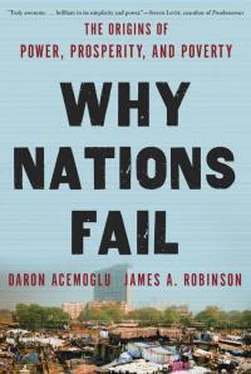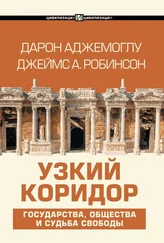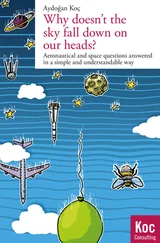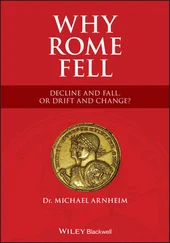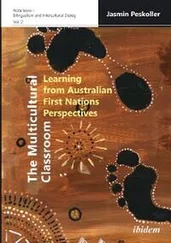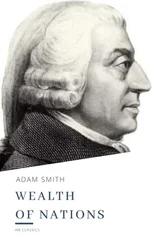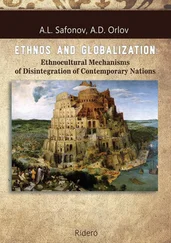Except that it isn’t, for two reasons. First, moves toward inclusive institutions, as our account of Venice shows, can be reversed. Venice became prosperous. But its political and economic institutions were overthrown, and that prosperity went into reverse. Today Venice is rich only because people who make their income elsewhere choose to spend it there admiring the glory of its past. The fact that inclusive institutions can go into reverse shows that there is no simple cumulative process of institutional improvement.
Second, small institutional differences that play a crucial role during critical junctures are by their nature ephemeral. Because they are small, they can be reversed, then can reemerge and be reversed again. We will see in this chapter that, in contrast with what one would expect from the geography or culture theories, England, where the decisive step toward inclusive institutions would take place in the seventeenth century, was a backwater, not only in the millennia following the Neolithic Revolution in the Middle East but also at the beginning of the Middle Ages, following the fall of the Western Roman Empire. The British Isles were marginal to the Roman Empire, certainly of less importance than continental Western Europe, North Africa, the Balkans, Constantinople, or the Middle East. When the Western Roman Empire collapsed in the fifth century AD, Britain suffered the most complete decline. But the political revolutions that would ultimately bring the Industrial Revolution would take place not in Italy, Turkey, or even western continental Europe, but in the British Isles.
In understanding the path to England’s Industrial Revolution and the countries that followed it, Rome’s legacy is nonetheless important for several reasons. First, Rome, like Venice, underwent major early institutional innovations. As in Venice, Rome’s initial economic success was based on inclusive institutions—at least by the standards of their time. As in Venice, these institutions became decidedly more extractive over time. With Rome, this was a consequence of the change from the Republic (510 BC–49 BC) to the Empire (49 BC–AD 476). Even though during the Republican period Rome built an impressive empire, and long-distance trade and transport flourished, much of the Roman economy was based on extraction. The transition from republic to empire increased extraction and ultimately led to the kind of infighting, instability, and collapse that we saw with the Maya city-states.
Second and more important, we will see that Western Europe’s subsequent institutional development, though it was not a direct inheritance of Rome, was a consequence of critical junctures that were common across the region in the wake of the collapse of the Western Roman Empire. These critical junctures had little parallel in other parts of the world, such as Africa, Asia, or the Americas, though we will also show via the history of Ethiopia that when other places did experience similar critical junctures, they sometimes reacted in ways that were remarkably similar. Roman decline led to feudalism, which, as a by-product, caused slavery to wither away, brought into existence cities that were outside the sphere of influence of monarchs and aristocrats, and in the process created a set of institutions where the political powers of rulers were weakened. It was upon this feudal foundation that the Black Death would create havoc and further strengthen independent cities and peasants at the expense of monarchs, aristocrats, and large landowners. And it was on this canvas that the opportunities created by the Atlantic trade would play out. Many parts of the world did not undergo these changes, and in consequence drifted apart.
ROMAN VIRTUES …
Roman plebeian tribune Tiberius Gracchus was clubbed to death in 133 BC by Roman senators and his body was thrown unceremoniously into the Tiber. His murderers were aristocrats like Tiberius himself, and the assassination was masterminded by his cousin Publius Cornelius Scipio Nasica. Tiberius Gracchus had an impeccable aristocratic pedigree as a descendant of some of the more illustrious leaders of the Roman Republic, including Lucius Aemilius Paullus, hero of the Illyrian and Second Punic wars, and Scipio Africanus, the general who defeated Hannibal in the Second Punic War. Why had the powerful senators of his day, even his cousin, turned against him?
The answer tells us much about the tensions in the Roman Republic and the causes of its subsequent decline. What pitted Tiberius against these powerful senators was his willingness to stand against them in a crucial question of the day: the allocation of land and the rights of plebeians, common Roman citizens.
By the time of Tiberius Gracchus, Rome was a well-established republic. Its political institutions and the virtues of Roman citizen-soldiers—as captured by Jacques-Louis David’s famous painting Oath of the Horatii , which shows the sons swearing to their fathers that they will defend the Roman Republic to their death—are still seen by many historians as the foundation of the republic’s success. Roman citizens created the republic by overthrowing their king, Lucius Tarquinius Superbus, known as Tarquin the Proud, around 510 BC. The republic cleverly designed political institutions with many inclusive elements. It was governed by magistrates elected for a year. That the office of magistrate was elected, annually, and held by multiple people at the same time reduced the ability of any one person to consolidate or exploit his power. The republic’s institutions contained a system of checks and balances that distributed power fairly widely. This was so even if not all citizens had equal representation, as voting was indirect. There was also a large number of slaves crucial for production in much of Italy, making up perhaps one-third of the population. Slaves of course had no rights, let alone political representation.
All the same, as in Venice, Roman political institutions had pluralistic elements. The plebeians had their own assembly, which could elect the plebeian tribune, who had the power to veto actions by the magistrates, call the Plebeian Assembly, and propose legislation. It was the plebeians who put Tiberius Gracchus in power in 133 BC. Their power had been forged by “secession,” a form of strike by plebeians, particularly soldiers, who would withdraw to a hill outside the city and refuse to cooperate with the magistrates until their complaints were dealt with. This threat was of course particularly important during a time of war. It was supposedly during such a secession in the fifth century BC that citizens gained the right to elect their tribune and enact laws that would govern their community. Their political and legal protection, even if limited by our current standards, created economic opportunities for citizens and some degree of inclusivity in economic institutions. As a result, trade throughout the Mediterranean flourished under the Roman Republic. Archaeological evidence suggests that while the majority of both citizens and slaves lived not much above subsistence level, many Romans, including some common citizens, achieved high incomes, with access to public services such as a city sewage system and street lighting.
Moreover, there is evidence that there was also some economic growth under the Roman Republic. We can track the economic fortunes of the Romans from shipwrecks. The empire the Romans built was in a sense a web of port cities—from Athens, Antioch, and Alexandria in the east; via Rome, Carthage, and Cadiz; all the way to London in the far west. As Roman territories expanded, so did trade and shipping, which can be traced from shipwrecks found by archaeologists on the floor of the Mediterranean. These wrecks can be dated in many ways. Often the ships carried amphorae full of wine or olive oil, being transported from Italy to Gaul, or Spanish olive oil to be sold or distributed for free in Rome. Amphorae, sealed vessels made of clay, often contained information on who had made them and when. Just near the river Tiber in Rome is a small hill, Monte Testaccio, also known as Monte dei Cocci (“Pottery Mountain”), made up of approximately fifty-three million amphorae. When the amphorae were unloaded from ships, they were discarded, over the centuries creating a huge hill.
Читать дальше
